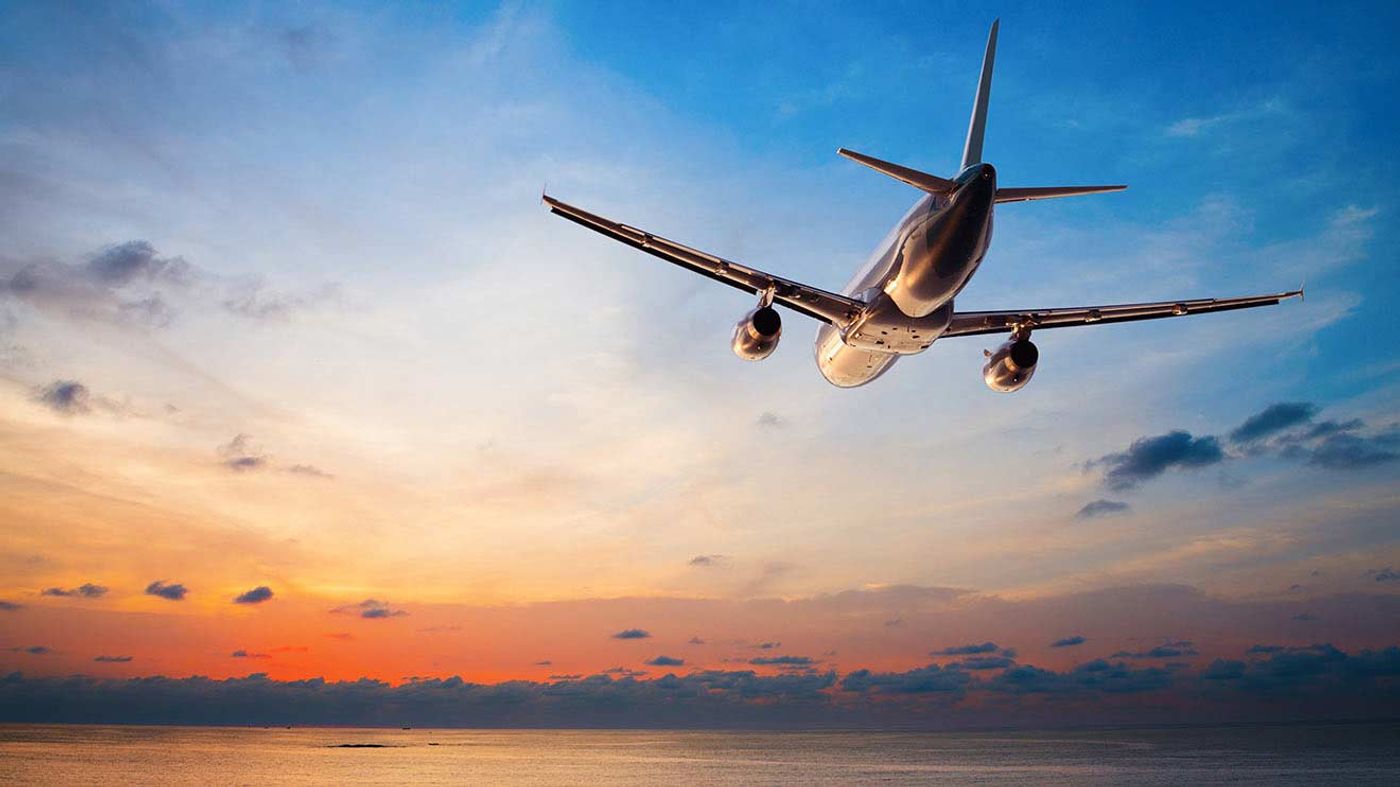Air travel can more than triple your annual carbon footprint
Do you have travel plans for the holidays? Or perhaps you’ve got a vacation to somewhere warm lined up? Maybe you’re the keynote speaker at some important international conference. Whatever the reason may be, we can all acknowledge the lure of travel, and the convenience, especially for international travel, of flying. But have you ever really stopped to consider how flying racks up environmental miles as well as air miles? A 2015 report from the University of California titled, “Bending the Curve,” explains that air travel is the most carbon footprint-heavy activity that one can partake in. According to Kai Landwehr, Head of Marketing for MyClimate, air travel makes up 2-3% of global CO2 emissions. And that number could double within in the next 10 years.
MyClimate is an online calculator from a Swiss non-profit that works on effective climate protection. You can use the calculator to input your travel logistics (destination, flight class, etc.) and determine how many tons of carbon dioxide you’re emitting for your honeymoon trip from NYC to Paris. The calculator also can tell you how much that environmental cost means in terms of money: i.e. that honeymoon trip would translate to $67. MyClimate recommends that you, as a buyer who is knowingly harming the environment, pay back that harm by in turn donating $67 to one of the climate initiatives listed on the website.
According to Atmosfair, a German public interest group, everyone should limit their annual air travel to approximately 3,100 miles – or a round-trip flight from LA to Mexico City. That’s because, in order to avoid the doomsday of climate change, we each need to limit our yearly CO2 emissions to 2 tons (or 4,409 pounds).
Let’s look at an example. Say you’re annual carbon footprint (which includes gas, electricity, transportation, and waste disposal) is roughly 33,000 pounds (you can figure out your own footprint here). Living in the US, your carbon footprint is likely already much higher than that of someone living in, for instance, India (where the average annual carbon footprint is 3,000 pounds). Now add a couple international flights to your year, and you could more than double your carbon footprint.
Now think about it from your own perspective. How often do you fly? Turning inward on my own lifestyle, I’m embarrassed to even guess what my online calculator would tell me about my annual air travel. Assuming that of the 7 billion people living on Earth, about 1 billion others are like me in that they travel by plane more than they should. But what if all 7 billion of us traveled to that extent? According to the UC report, if this happened, global carbon dioxide emissions would increase from the current 38 billion tons per year to 150 billion tons, or a trillion tons every seven years. That trillion tons of CO2 would mean an increase of 33 degrees Fahrenheit every seven years. Scary, huh?
So, what to do? The report recommends staying home, or when you want to travel, traveling by train or car. If flying is the only option for you, going coach, flying non-stop, booking through airlines that use biofuels, and purchasing carbon offsets (as suggested by MyClimate) can decrease your impact.
Sources: The Washington Post, Futurism









